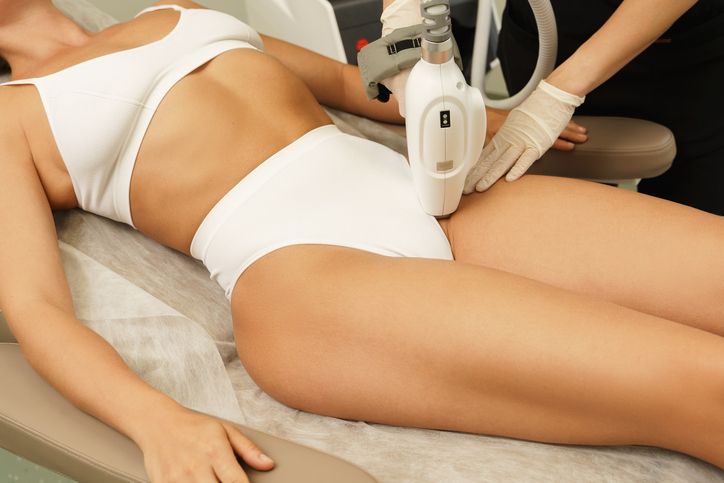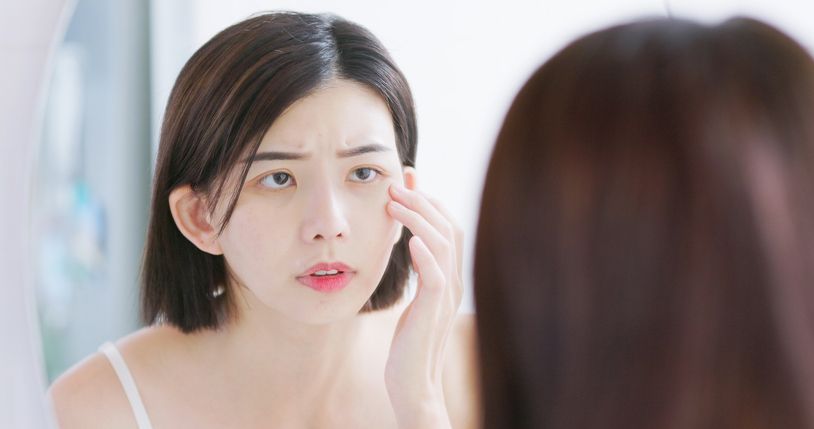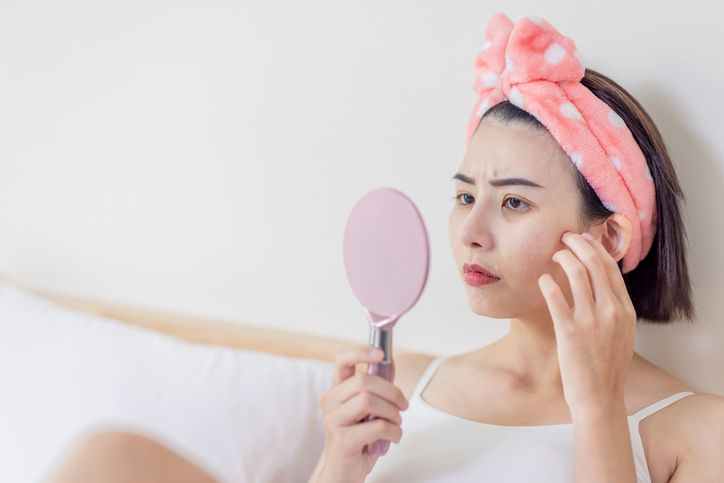- Home
- Trend
- Weight Loss Strategies
- Acne Tips
- Hair Health Information
- Blemish Removal Tips
- Acne Scar Removal Tips
- Muscle Building Techniques
- Intimate Care Tips
- Postpartum Intimate Care
- Eye Bags Wiki
- Tips for Face Slimming
- Secret of Permanent Hair Removal
- Breast Enlargement Tips
- Cure to Snoring
- Marionette Lines
- Skin-Tightening Secrets
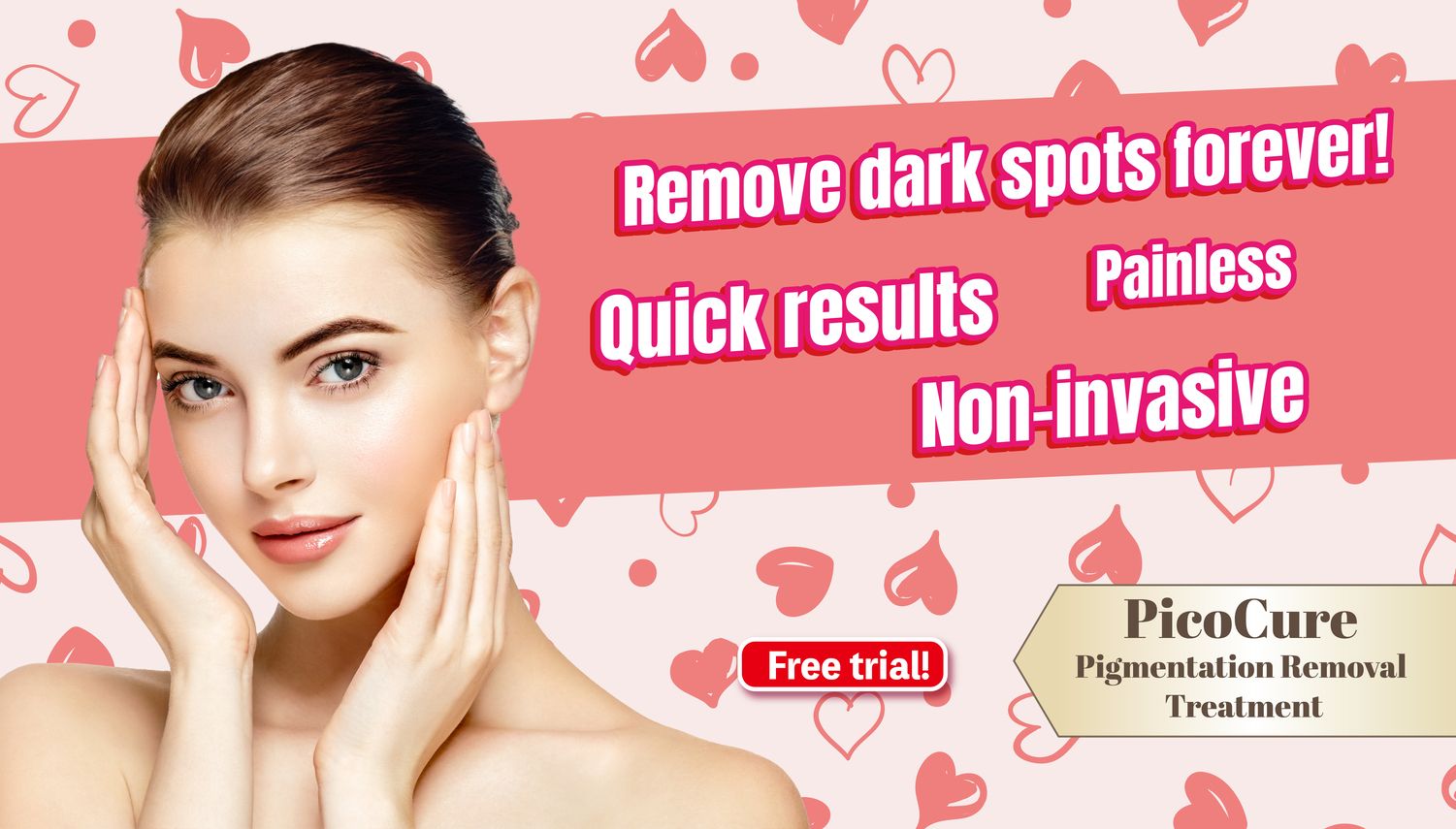
免費體驗
PicoCure Pigmentation Removal Treatment
1 Minute Self-Registration
Date should not be before minimal date
Nobody wants hyperpigmentation. These dark spots and patches are often unflattering and overly noticeable. Additionally, not all dark spots have the same causes, making it confusing to know the proper precautions. If you're aiming to eliminate pigmentation, you are in the right place! Here we teach you ways to identify the types of pigmented spots, effectively determining the most suitable treatments for you!
1
What is Hyperpigmentation?
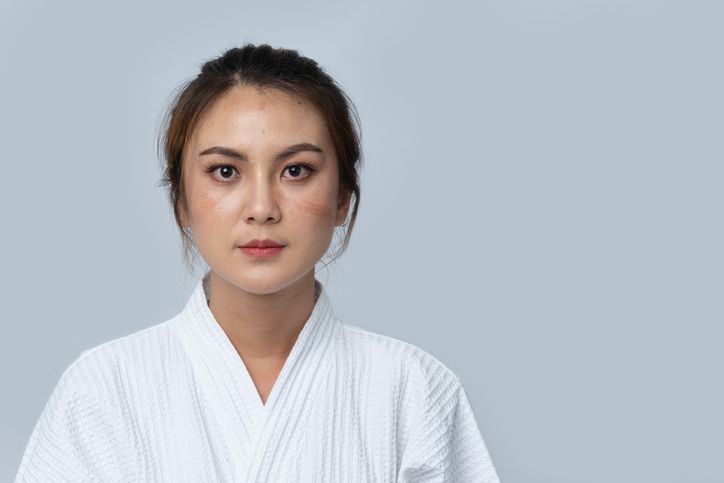
Dark spots on your face, also known as hyperpigmentation, can be a common concern. These spots occur when excess melanin, the pigment responsible for hair, eyes and skin color, is produced. If you're eager to get rid of dark spots on your face, understanding the root cause is essential. Usually, excess melanin production is triggered by genetics, skin damage, and hormonal fluctuation.
Below are 7 types of common dark spots:
Sunspots (Age Spots)
One of the primary culprits behind dark spots on the face is sun exposure. Sunspots, also known as age spots, liver spots, or solar lentigines, develop due to excessive sun exposure cumulated over the years, typically occurring after age 40. Sunspots are benign, flat, and typically brown spots. These spots are often located on areas frequently exposed to sunlight, such as your face, hands, and shoulders. Sunlight, or rather UV ray, is the number source of skin damage that can cause melanin production.
Aging Spots (Liver Spots)
As you age, your skin undergoes changes, and liver spots, also called aging spots, may appear. These dark spots are linked to sun exposure over the years. Incorporating skincare products with ingredients like retinol can help lighten these age spots and improve overall skin texture.
Post-inflammatory Hyperpigmentation
Acnes and scars can leave behind more than just memories – it can lead to post-inflammatory hyperpigmentation. Post-inflammatory hyperpigmentation are darkened spots stemming from skin inflammation or injury. They appear as flat patches that can be pink, red, brown, or black. Inflammation and injury trigger melanin production, which is part of the skin's natural healing process. The most common types of post-inflammatory hyperpigmentation are acne blemishes and scars from wounds. Therefore, post-inflammatory hyperpigmentation is not limited to a certain demographic.
Freckles
Freckles are cute clusters of small dots. These small spots are flat and light in colors. Freckles are caused by genetic and most common among fair-skinned people. Commonly found on sun-exposed areas like the cheekbone and bridge of the nose, freckles get more prominent as they absorb sunlight. Therefore, freckles are most obvious in the summer. Freckles most likely develop in childhood and adolescence.
Hormonal Spots (Melasma)
Hormonal spots, also known as melasma, is a skin condition characterized by brown or gray patches on the skin, often appearing on the face. Hormonal spots are often triggered by due to hormonal fluctuations, such as during pregnancy or while on birth control. These irregularly shaped, brown or grayish spots result from hormonal fluctuations, commonly occurring during pregnancy or while using birth control. Hormones stimulate melanocytes, leading to increased melanin production. While melasma can affect people at various ages, it's more prevalent in women of reproductive age.
Medication-Induced Dark Spots
Certain medications can lead to the development of dark spots. These spots may appear as flat, discolored patches on your skin, ranging from brown to gray. The causes lie in the medications' impact on melanin production, disrupting the skin's normal pigmentation. People of any age can develop these spots, as they are closely linked to the medications prescribed, rather than age-specific factors. If you suspect your medication is causing skin discoloration, consult your healthcare provider for alternative options.
Cancer Spots
While most dark spots are harmless, some may be indicative of skin cancer. Cancer spots are irregularities on the skin that may appear as abnormal growths, changes in moles, or discolored patches. The appearance varies, often presenting as asymmetrical, with irregular borders and uneven color. The most common causes of skin cancer are excessive and long-term Ultraviolet (UV) exposure, both from the sun and tanning beds. If you notice any suspicious changes, consult a dermatologist promptly for a thorough examination.
2
Home Remedies For Dark Spots
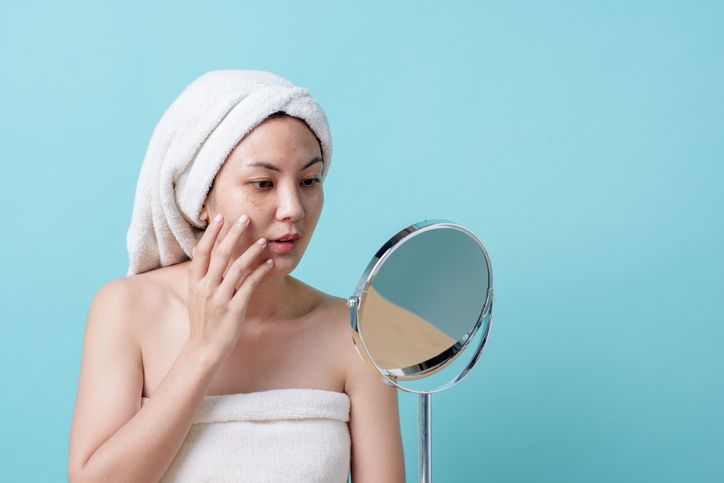
When it comes to treating dark spots at home, natural remedies can be effective. Here are 4 examples of popular home remedies for dark spots on the skin:
Lemon
Lemon, with its natural bleaching properties from its acidity, is a potent remedy that helps lighten dark spots. The citric acid in lemon acts as a gentle exfoliant, promoting skin cell turnover and lightening pigmentation. To utilize lemon for dark spots, simply apply fresh lemon juice to the affected areas for 10-15 minutes before rinsing. However, you should exercise caution, as the acidity may lead to dryness, redness, or peeling, especially for individuals with sensitive skin. Always follow up with sunscreen, as lemon increases skin sensitivity to sunlight.
Apple Cider Vinegar
Apple cider vinegar is a versatile remedy known for its ability to remove dead skin cells. Its mild acids work to lighten pigmentation and promote skin renewal. To use apple cider vinegar for dark marks, mix it with equal part water and apply it to dark spots using a cotton ball. Rinse the solution off the face after a few minutes. The acidity may cause a tingling sensation, but it typically subsides. However, exercise caution, especially if you have sensitive skin, as apple cider vinegar can cause dryness or irritation.
Yogurt
Yogurt is a beneficial ingredient for reducing dark spots due to its lactic acid content, aiding in gently exfoliating the top layer of the skin, promoting a brighter skin tone. To use yogurt as a homemade remedy, apply plain yogurt directly onto dark spots or wear as a face mask, and leave it on for 20 minutes before rinsing. However, for those with dairy allergies or sensitivities, it's crucial to opt for non-dairy alternatives. While yogurt is generally well-tolerated, excessive use may lead to skin dryness. Always moisturize after use and be mindful of individual skin reactions.
Turmeric
Turmeric is a potent remedy for reducing dark spots, thanks to its anti-inflammatory, antioxidant properties and ability to inhibit melanin production, giving you skin lightening effect. To use turmeric to lighten skin patches, To use turmeric as a homemade remedy, create a paste by mixing turmeric with water, apply it directly to dark spots, and leave it on for 15-20 minutes before rinsing. However, be cautious, as turmeric may temporarily stain the skin or fabric.
3
Skincare Ingredients
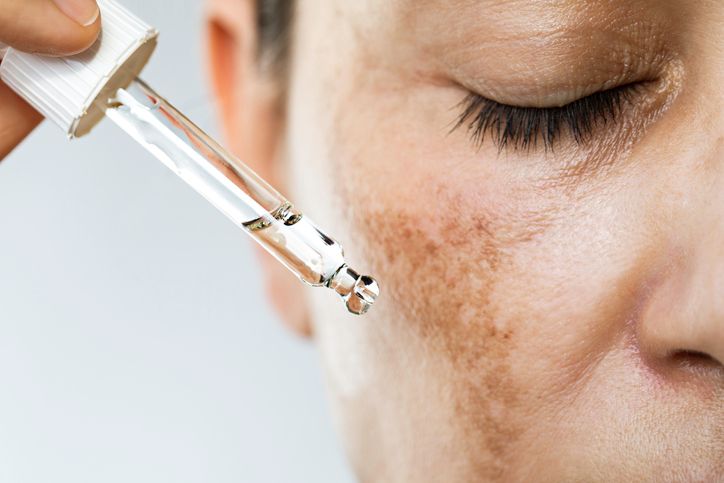
Below are the 3 most useful skincare ingredients commonly found in creams and serums targeting dark spots:
Retinol
Retinol, a derivative of vitamin A, is effective in reducing dark spots by removing the top layer of the skin promoting cell turnover, thereby encouraging the growth of new, evenly pigmented skin. The advantages of using retinol extend beyond its ability to fade hyperpigmentation, but also include skin texture enhancement and mitigation of signs of aging, namely wrinkles. However, drawbacks may include skin irritation, redness, or peeling, especially for those with sensitive skin. Therefore, you should start using retinol with a lower concentration and gradually increase the percentage to build tolerance. Additionally, retinol makes the skin more photosensitive, meaning you must increase the use of daily sunscreen. Pregnant or breastfeeding women should consult a healthcare professional before incorporating retinol.
Vitamin C
Vitamin C is a potent antioxidant that inhibits melanin production to brightens the skin and helps protect it from further damage. Daily usage of vitamin C topical products aids in promoting a more even skin tone and reducing hyperpigmentation. However, drawbacks may include potential skin sensitivity or irritation, particularly for those with sensitive skin. Stabilized formulations are crucial to maintain efficacy. Additionally, vitamin C is best used in conjunction with sunscreen due to increased sun sensitivity.
Niacinamide
Niacinamide, also known as vitamin B3, excel in reducing dark spots by inhibiting melanin growth, improving skin tone and overall skin texture. Niacinamide can also strengthen the skin barrier, helping the skin prevent future pigmented spot development. Niacinamide a well-tolerated option for sensitive skin types. Still, skin reactions such as rash and heat flash may occur.
4
Dark Spots Treatments
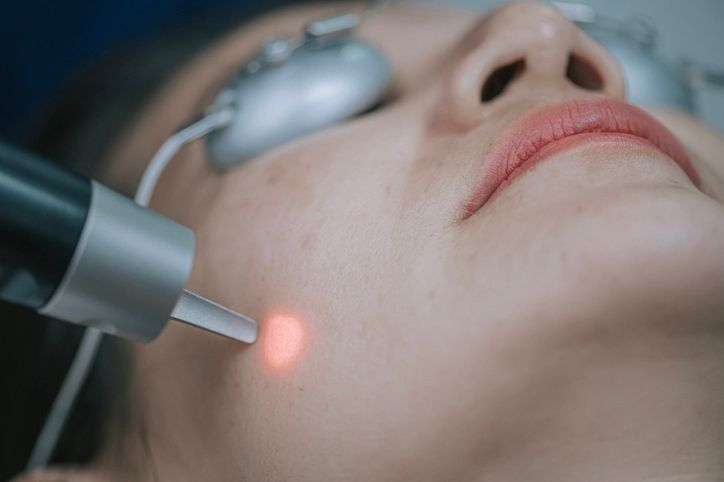
If you seek more advanced methods to treat dark spots, consider the following treatments:
Chemical Exfoliators
Chemical exfoliators, such as alpha hydroxy acids (AHAs) or beta hydroxy acids (BHAs), aid in reducing dark spots by removing dead skin cells and stimulating cell turnover to diminish hyperpigmentation, promoting a more even skin tone. Examples of chemical peels include glycolic acid and salicylic acid. Possible drawbacks may include skin sensitivity, redness, or peeling, especially with overuse or improper application. To ensure safety when using chemical exfoliators, start with lower concentrations, gradually increase frequency, avoiding simultaneous use of other potent actives, and always follow instructions. Most importantly, don't forget to use sunscreen during the day to protect the newly exposed, UV-sensitive skin.
Microdermabrasion
Microdermabrasion involve using electric exfoliation devices to mechanically remove the top layer of the skin, removing dead cells and stimulating cell turnover, effectively reducing the appearance of dark spots and promoting a more even skin tone. The most common microdermabrasion device materials include diamond-tip microdermabrasion and crystal microdermabrasion. While microdermabrasion can give you a smooth, bright complexion very quickly, adverse reactions may include redness or mild irritation.
While it's best to have a beauty professional performs microdermabrasion, At-home microdermabrasion kits are also available. Still, with at-home kits, you need to be careful of over-exfoliation. . You should also ensure your safety by avoiding excessive sun exposure and using sunscreen post-treatment.
Laser Treatment
Typically administered by dermatologists and beauty professionals, this non-invasive method employs laser energy to break down melanin, the pigment responsible for dark spots, promoting skin renewal. Commonly performed wavelengths include 532nm for superficial spots and 1064nm for deeper pigmentation. The shorter wavelength can addresses surface-level hyperpigmentation, while the longer wavelength penetrates more profoundly into the skin to address the deeper level dark spots. While laser treatments can target dark spots effectively, they can be painful to many people. Also, since most laser treatments employ specific wavelengths, not all dark spots can be addressed in one treatment. Potential side effects involve temporary redness, swelling, or further post-inflammatory hyperpigmentation due to laser heat damage.
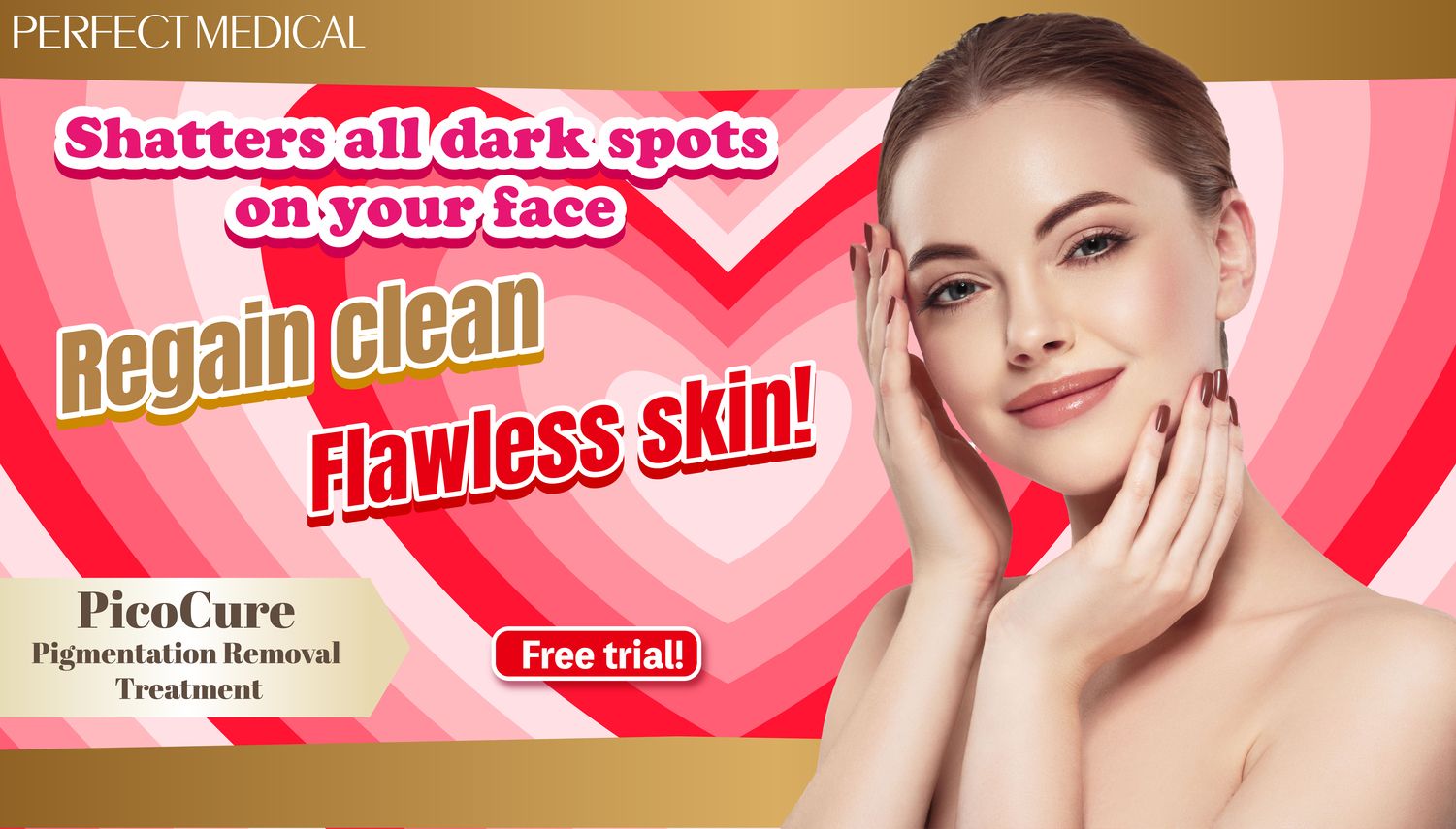
免費體驗
PicoCure Pigmentation Removal Treatment
1 Minute Self-Registration
Date should not be before minimal date
5
The Ultimate Solution for All Your Dark Spots At Once: PicoCure Pigmentation Removal Treatment
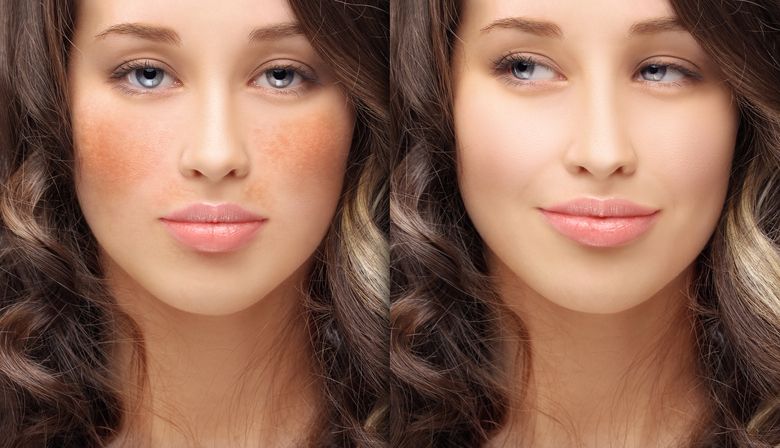
At Perfect Medical, we specialize in advanced medical beauty procedures to help you attain flawless skin. For instance, our renowned PicoCure Pigmentation Removal Treatment utilizes 4 laser wavelengths, effectively eliminating dark spots of varying sizes, shades, and depths. Our cutting-edge laser technology emits energy at a rate 1000 times faster than traditional lasers, allowing the PicoCure laser to precisely and instantly target melanin, resulting in a painless and expedited removal process. Witness the disappearance of dark marks in as few as three sessions, revealing clear, rejuvenated, and youthful skin. Experience our top-rated technology and expertise with a complimentary trial of Perfect Medical's PicoCure Pigmentation Removal Treatment, inclusive of a free skin analysis!
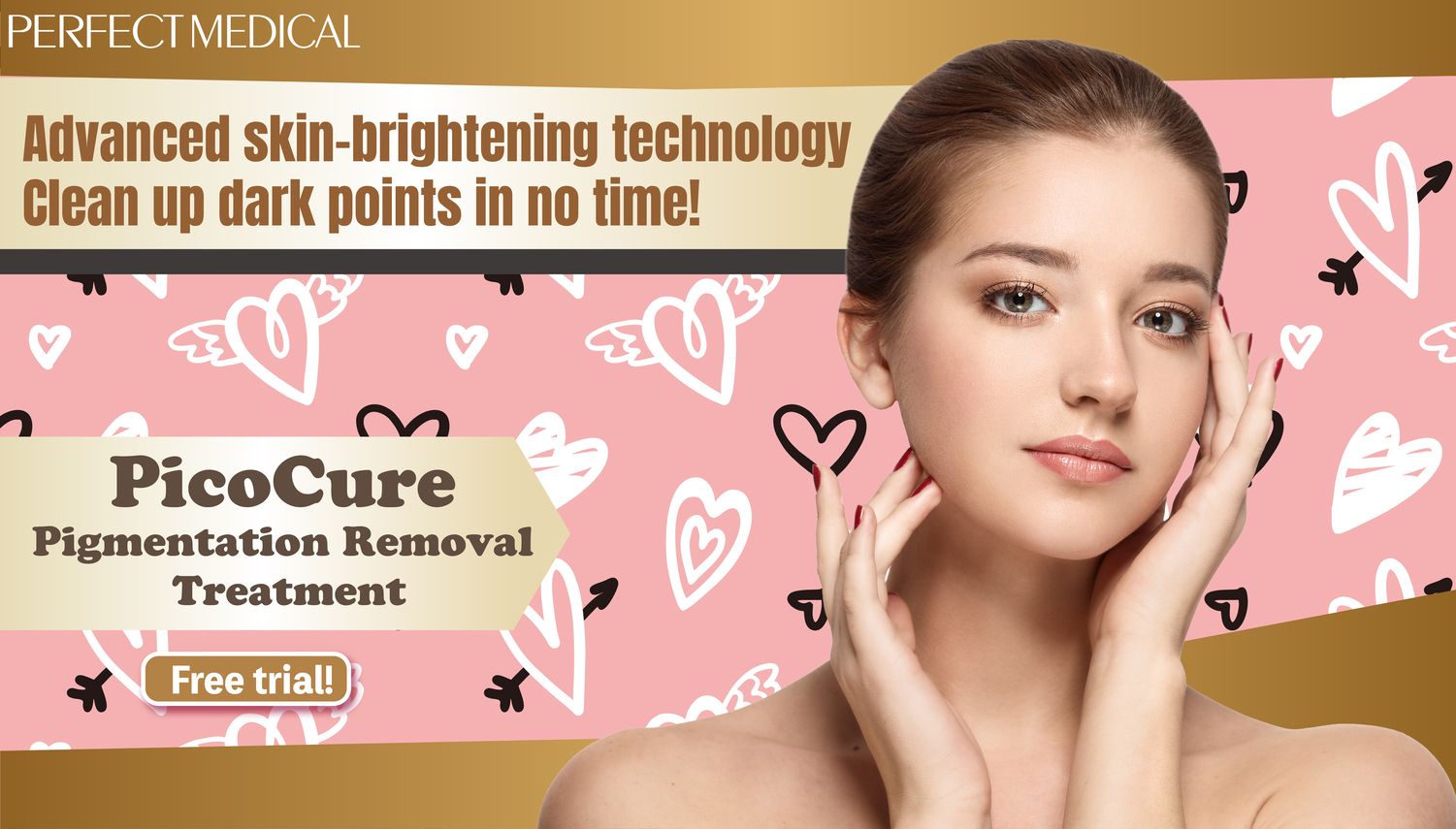
免費體驗
PicoCure Pigmentation Removal Treatment
1 Minute Self-Registration
Date should not be before minimal date
FAQ

What are the most effective home remedies for removing dark spots on the face?
Lemon juice and yogurt are popular choices for their natural brightening properties. While these ingredients are accessible and affordable, their results can come slow and weak. results may vary, Skin irritation may also occur.
Are over-the-counter topical treatments, such as creams and serums, effective in reducing dark spots?
Some topical treatments contain ingredients like retinol or alpha hydroxy acids, which are scientifically proven to be effective in fading dark spots. You can find these skincare products, such as creams and serums, over the counter, making them very convenience. Still, results can be gradual, and skin irritation is a possibility.
How does laser treatment work for removing dark spots?
Laser treatment targets melanin, breaking down dark spots. People often undergo laser treatments for its precision and effectiveness. However, for the more traditional laser energy, which often does not travel fast enough, side effects such as redness, swelling, or skin darkening are common.
Can a dermatologist suggest prescription medications or procedures to specifically target dark spots?
Dermatologists may recommend prescription creams containing stronger agents like retinoids. Procedures such as professional chemical peels may also be advise. While these high-strength medications and procedures are often effective and efficient, their results are also likely accompanied by side effects dry skin, peeling, nosebleed and muscle ache. Most importantly, pregnant women should let the professional know of their pregnancy before getting a prescription.
Are there lifestyle changes that can help prevent and reduce dark spots on the face?
Sun protection with sunscreen helps prevent dark spots. Dietary adjustments such as incorporating antioxidants, can improve skin tone. Still, the results may take time, and lifestyle changes require consistent efforts.







